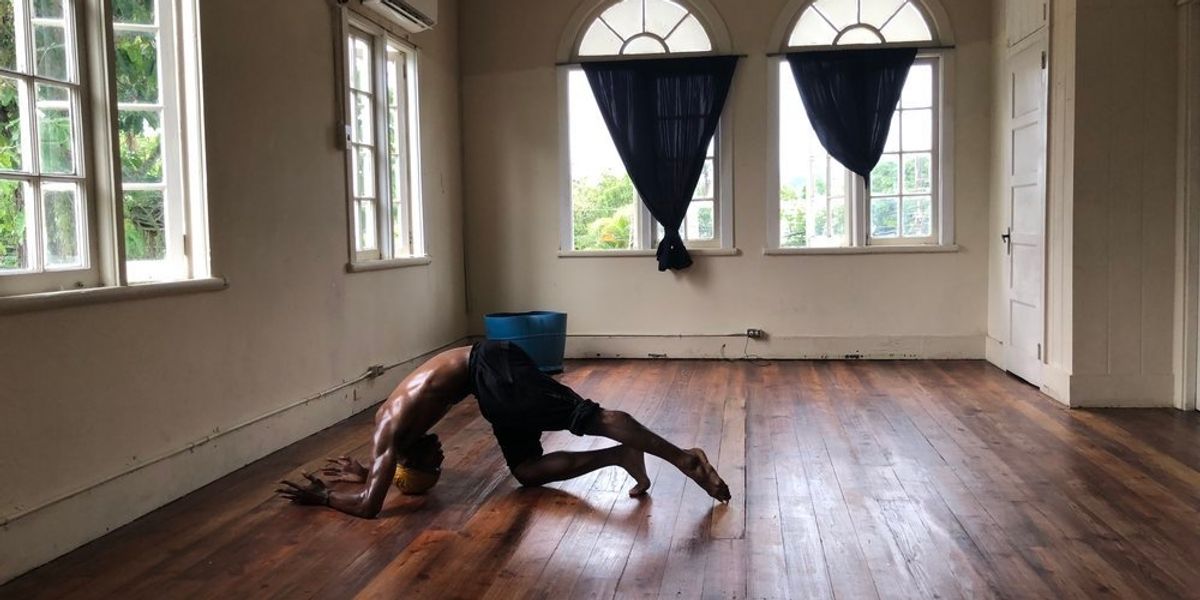Are College Dance Curriculums Too White?
“White supremacy in dance is making ballet and modern a requirement to receive a degree, but dance forms originated by POC are all electives.” Last fall, I created a meme using this statement to do exactly what it did: spread across the dance community and give permission to talk about a pervasive system of racism in dance education.
Pick almost any school in this country offering a BFA or an MFA in dance and you’ll find that ballet, modern and contemporary dance classes are requirements. Often, the audition process requires prospective students to go through a ballet assessment. The tenured faculty, as well as the “pioneers of dance” that students are required to learn about in their history courses, are often practitioners of ballet or modern. But why don’t we call ballet, modern and contemporary dance forms “white dance” when we know their history and culture to be primarily and heavily that?
White culture defines what is considered normal. Things and practices that don’t require adjectives and names to define them fit into that normalcy. When the word “technique” is used to talk about a dancer’s grasp of ballet vernacular, we have placed it into the norm; into white dance.
White supremacy in dance also assigns higher value on certain behaviors and defines others as deviant or dangerous. It’s valuing music without lyrics or genres outside of the mainstream over popular music (which is often Black music). It’s valuing audience engagement that is still and quiet over engagement that permits the audience to speak and call out to the dancers during the performance. It’s valuing feedback that centers form and objectivity over feedback that includes notes about emotion, spirituality and subjectivity. These are values I’ve been required to learn within a modern and postmodern dance framework. White dance.
White culture is also about theft, pillaging and appropriating. In his book Dancing Revelations, dance scholar Thomas DeFrantz writes of how George Balanchine and Twyla Tharp absorbed Africanist aesthetic devices in their creative processes without working with the Black bodies that first formed these aesthetic devices. It’s similar to how Ruth St. Denis, one of the three “mothers” of modern dance, appropriated the cultures of indigenous Americans, South Asian and East Asian people as part of her creative practice.
If we called ballet, modern and contemporary forms white dance, then we’d have to look at the insidious histories and examine our current applications, and we’d learn pretty quickly that it isn’t supreme. We’d lose any ability to justify making hip hop, jazz, belly dance, voguing and any other form of dance born from the cultural practices of people of color electives. We’d all be able to see how making ballet, modern and contemporary dance forms requirements to receive a BFA or an MFA is another form of indoctrination. We’d all know that the dance education system in this country is just another form of white supremacy. And, white supremacy operates best in the shadows.
This is not the first or last conversation on this topic. Many of my thoughts are echoes of artists who have said this in many different ways. So, I will offer this one solution for the dance field to consider: Specialize each dance program.
The world is filled with unique and specific dance forms and practitioners that deserve the resources that higher education offers. Make whole dance departments centered around one form. Let’s use voguing as an example. Hire the living originators as tenured faculty to document the history of the form, to publish their research of their crafts and to offer students who’d like to be fierce vogue dancers the opportunity to receive their BFA in dance without having to contort themselves within the limited structure of ballet and modern.




